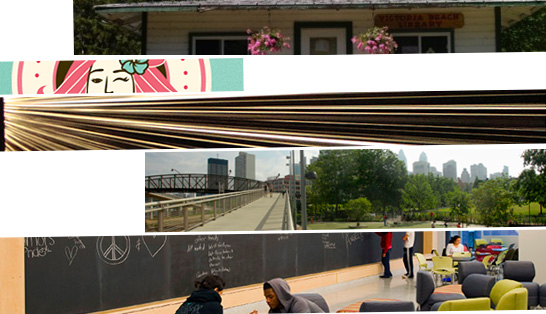Arup on technology fueling engagement. A corner transformation by P+W. Olin on the power of diversity. Bangalore, AECOM, and clean energy. Facebook for law enforcement.
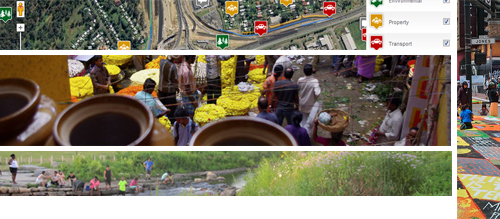
Technology improves engagement. Marissa Powell, a social and engagement specialist in Arup’s Brisbane office, discusses how can we better engage with communities about projects that affect them through technology.
Powell says to engage people, we have to understand how to make it easy for them to participate in the discussion – especially when they are usually time poor, they want to give and get information quickly and they now carry their digital life with them wherever they go. Powell says that it’s time consuming, and often difficult, to translate rafts of qualitative data gained through engagement processes into something meaningful that can be used to inform planning decisions.
Via Arup Thoughts
Transforming a San Francisco corner. Perkins+Will joined The Boys & Girls Club of San Francisco and Youth Spirit Artworks for a community art day to spread the word about the Jones Neighborhood Nexus, a long-term vision for the triangular intersection of Jones, McAllister and Market, which has been called one of the worst street corners in San Francisco intersection.
With more than 30 kids participating, the Jones Neighborhood Nexus was reinvented as a painted mural, which highlighted the Tenderloin neighborhood as a quilt. Each child brought their cultural background to this unique urban place and the composition of all those parts is what gives the neighborhood its identity.
Power of diversity. OLIN Studio Blog explores the lack of the diversity in the landscape architecture profession and how The American Society of Landscape Architects has begun tackling the issue of diversity by organizing the 2013 Diversity Summit.
As a community of creative professionals, we are not able to reach the fullest potential of our practice. A designer’s approach to the transformation of a place is informed by in-depth research, site analysis, and a rigorous design process, but the lenses through which a designer envisions the potential of this transformation are colored by their personal knowledge base, prior experiences, worldly travels, and cultural background.
Via OLIN Studio Blog
Related http://www.asla.org/land/LandArticle.aspx?id=39648
New energy in Bangalore. Johannes Wilson, an engineering geologist in AECOM’s Christchurch, New Zealand office, shares his experience helping the nonprofit Pollinate Energy deliver clean energy solutions to India’s poor as part of its Young Professionals Program in Bangalore.
“When looking a bit closer at the demographics of Bangalore, statistics support what is very obvious in the streets. The population of the city has grown by almost 50 percent in the past decade, standing at almost 10 million. With such rapid growth and little urban planning, the outcome is pretty chaotic, but amid this chaos lies the charm of Bangalore, and the influence of traditional India is still strong.” – Johannes Wilson
Via Connected Cities
A Facebook for cops. A new social media site exclusively for law enforcement, 20for25.com, which was created "for cops by cops" recently launched. Before law enforcement officers can complete registration, 20for25 ("10-20" is standard police code for a location report, and "10-25" is a request to meet in person) verifies their credentials with their employing agency. In October, former New York Police Commissioner Bill Bratton will launch BlueLine, "the secure professional network built exclusively for law enforcement." BlueLine will provide mechanisms for the thousands of U.S. law enforcement agencies to collaborate in real time, as well as a private marketplace to buy and sell equipment.
Via NBCNews.com

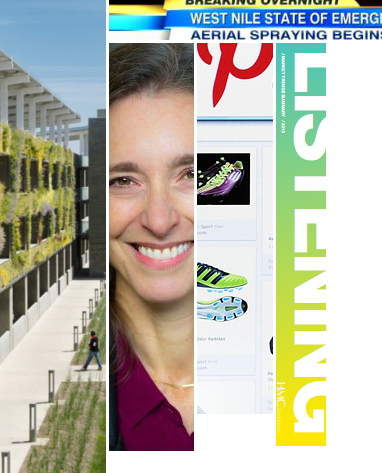
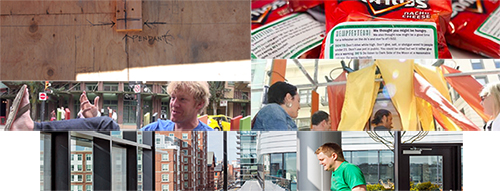
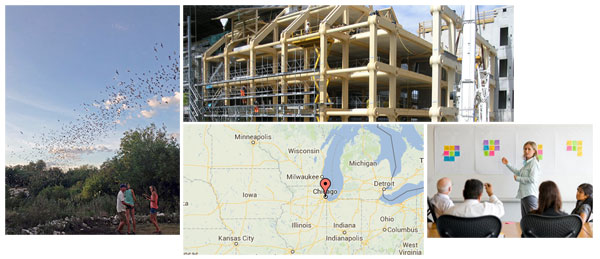 Night out with bats. Using wood to build high-rises. Cultural vibrancy in Chicago. Effectiveness of user groups. Tweeting to help the homeless.
Night out with bats. Using wood to build high-rises. Cultural vibrancy in Chicago. Effectiveness of user groups. Tweeting to help the homeless.